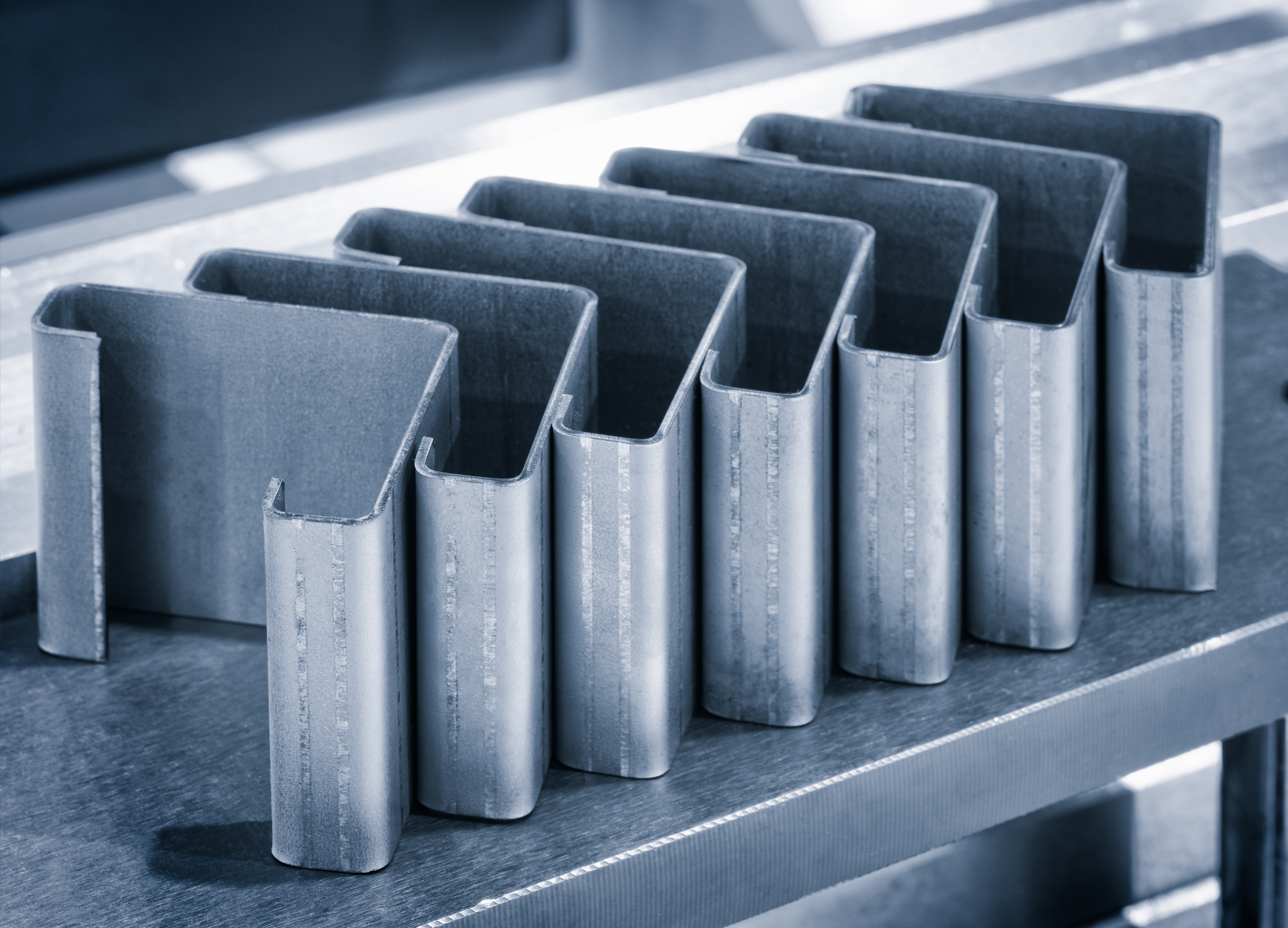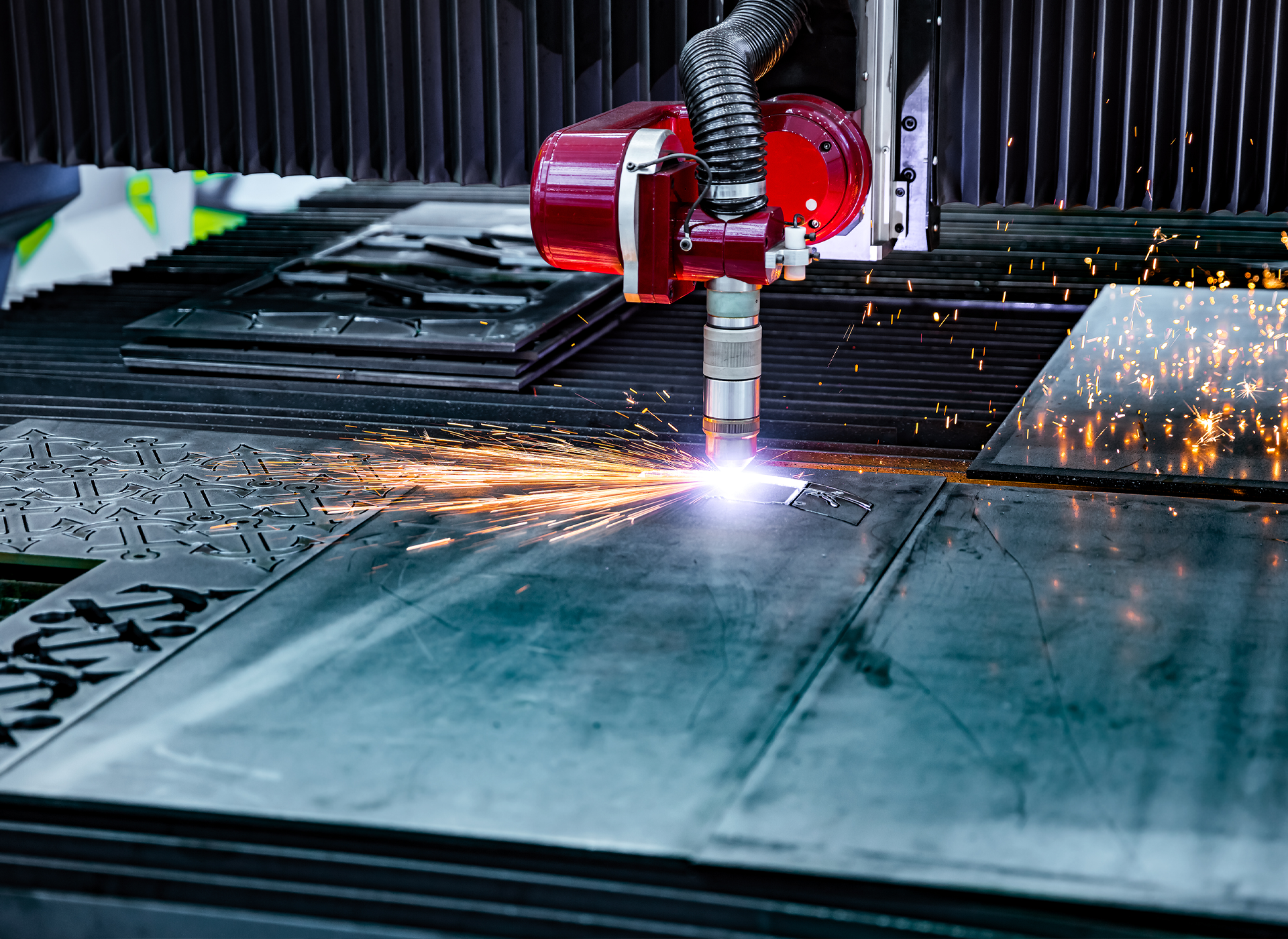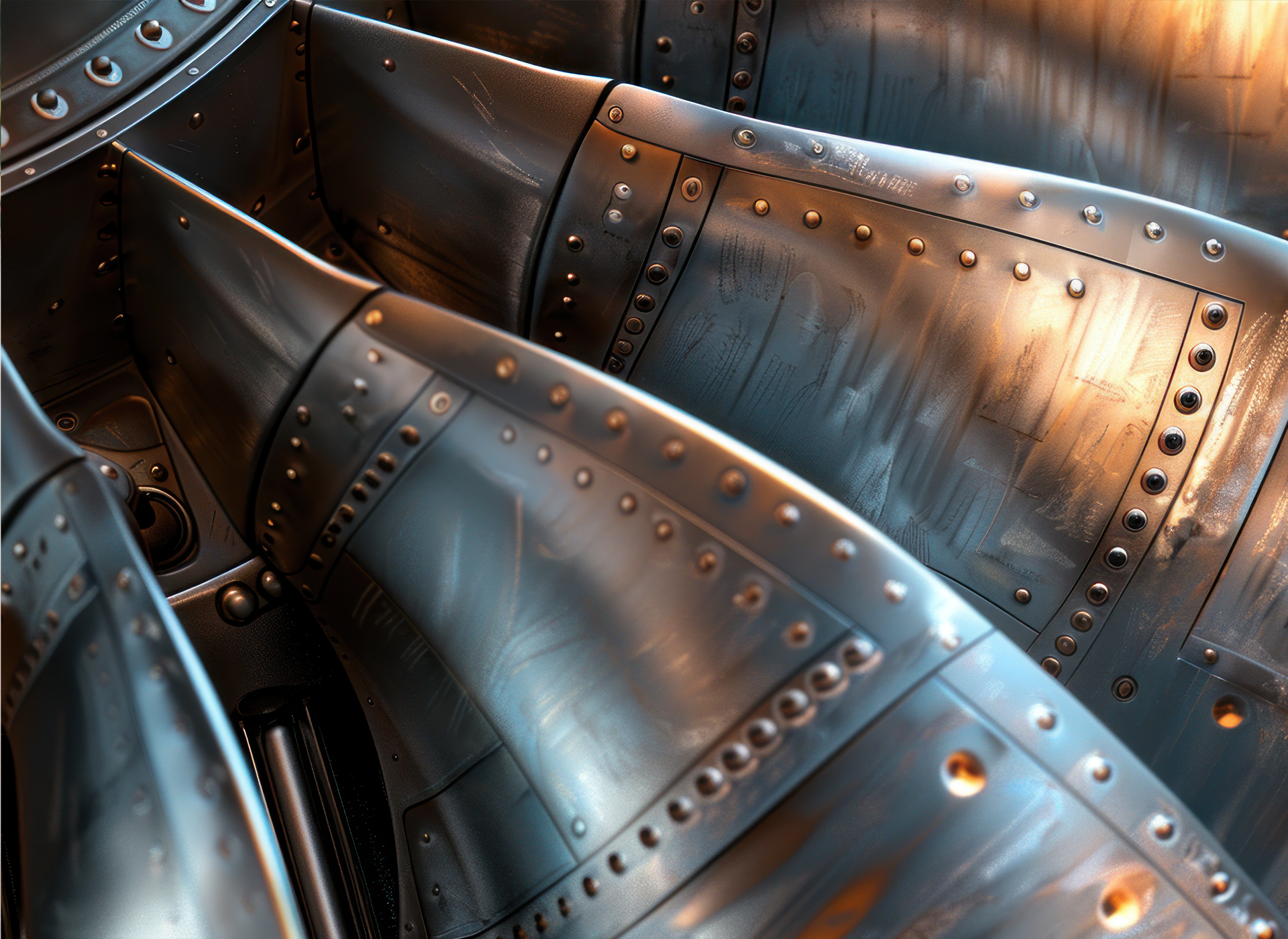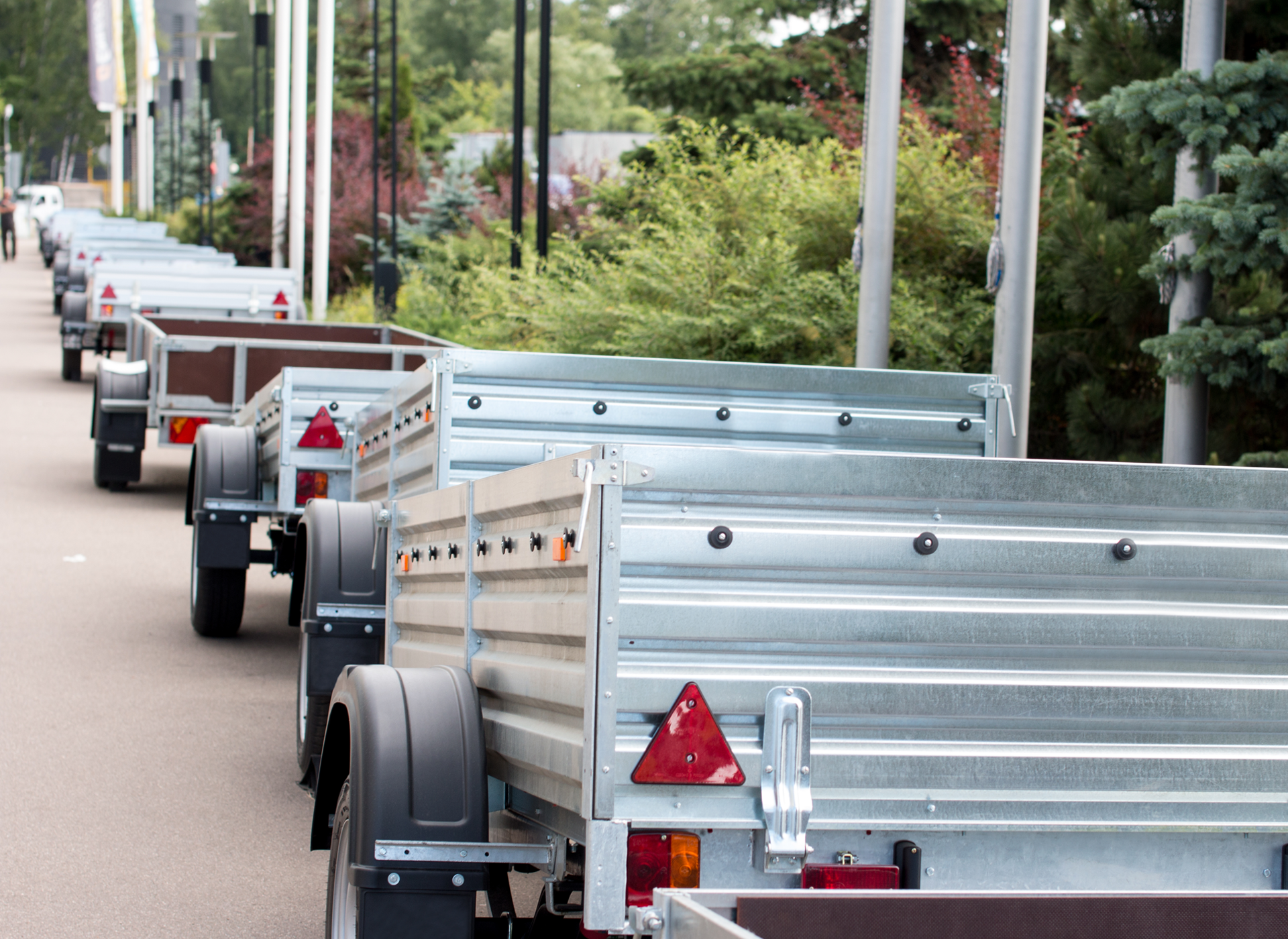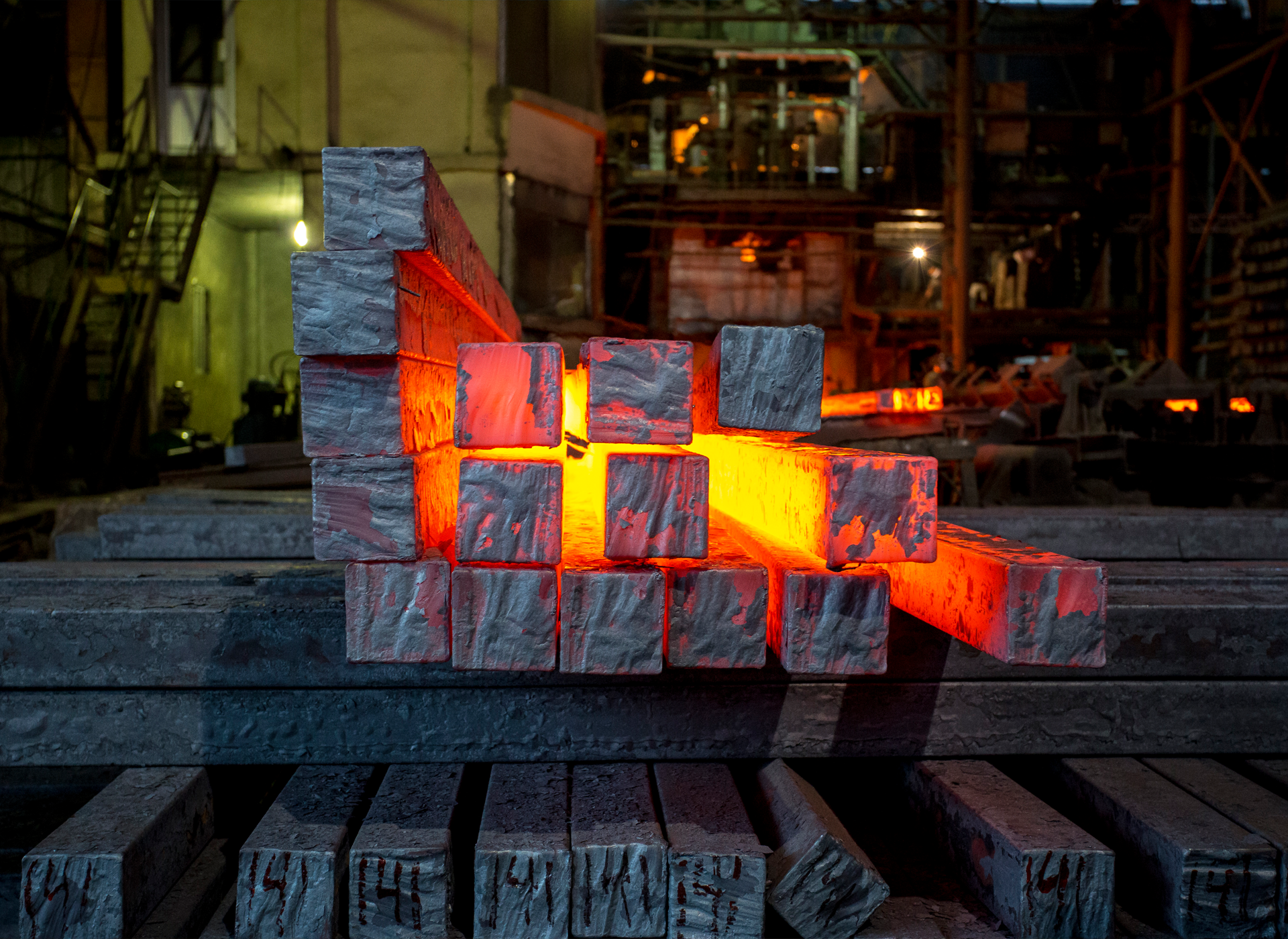Why A514 Steel Is Ideal for Heavy Equipment & Frames
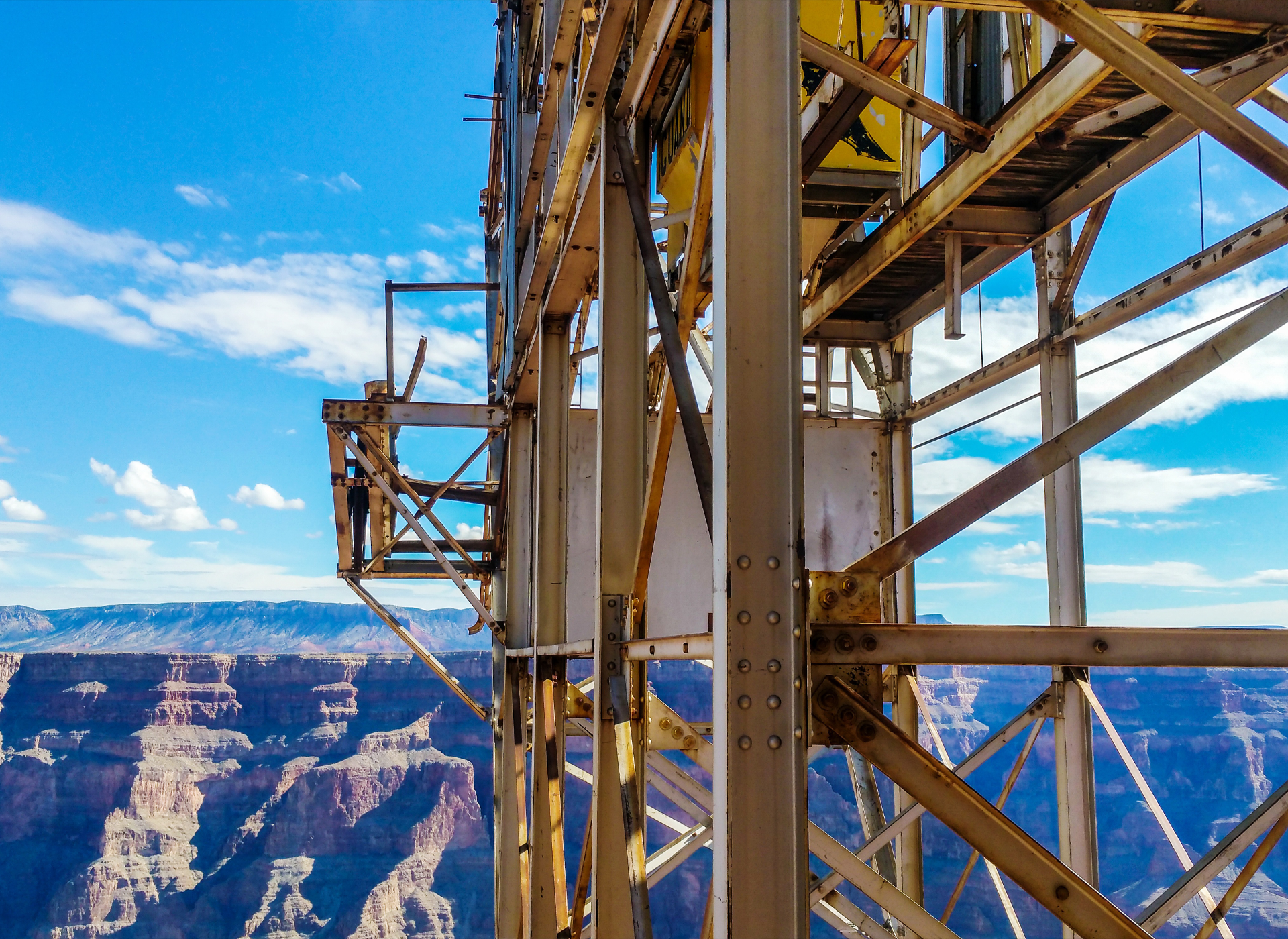
In heavy equipment manufacturing, steel components face a unique combination of structural stress, weight constraints, and extreme service environments. Whether it's for large crane booms, earthmoving machine frames, or haul truck beds, the steel must be able to handle high loads without adding unnecessary bulk. This is where A514 steel plate ,a high-strength, quenched and tempered alloy steel stands out.
At Olympic Steel, we supply A514 and T1 steel as part of our structural and alloy plate offerings. These grades are used extensively across industries that build equipment for mining, construction, transportation, and agriculture. In this article, we’ll explore why A514 is preferred for frame design and how it compares to T1 steel in performance and fabrication.
What Is A514 Steel Plate?
A514 steel, often called T1 steel, is a high-strength, quenched and tempered alloy plate developed for structural applications requiring high yield strength and good weldability. It is designed to support heavy loads while reducing weight, a critical factor in large equipment manufacturing.
A514 offers yield strengths starting at 100 ksi (690 MPa) depending on thickness and grade. It is commonly specified for parts like:
- Equipment chassis and frames
- Booms and arms for cranes and lifts
- Excavator and loader components
- Truck trailer frames and supports
- Agricultural equipment beams
This steel’s strength-to-weight ratio allows engineers to design lighter structures without compromising performance, improving payload capacity and fuel efficiency.
A514 vs T1: What’s the Difference?
While the terms A514 and T1 are often used interchangeably, there are subtle distinctions worth noting.
- A514 refers to the ASTM specification, which covers a group of alloy steels with high yield strength.
- T1 is a proprietary name originally associated with a similar steel developed by U.S. Steel. Over time, “T1” became a shorthand term used broadly across the industry.
In most practical cases, T1 and A514 are functionally equivalent. At Olympic Steel, both terms refer to our
A514-grade inventory, which conforms to ASTM standards and is stocked in multiple grades (A, B, E, F, H, Q, and S) based on application needs.
Key Properties of A514 Steel
The reason A514 is trusted for heavy-duty applications lies in its combination of mechanical and fabrication properties. It provides:
- High Yield Strength: Typically 100 ksi or greater
- Tensile Strength: 110–130 ksi depending on grade and thickness
- Good Weldability: Maintains toughness in heat-affected zones
- Excellent Toughness: Suitable for cold environments
- Reduced Weight: Lighter than conventional structural steels for the same strength
These characteristics make A514 a top choice when structural integrity and weight savings are both priorities.
Typical Mechanical Properties by Grade
| Grade | Yield Strength (ksi) | Tensile Strength (ksi) | Typical Applications |
|---|---|---|---|
| A514-B | 100 | 110–130 | Truck frames, trailers |
| A514-Q | 100 | 110–130 | Construction equipment booms |
| A514-E | 100 | 110–130 | Bridge and support structures |
| A514-F | 100 | 110–130 | Mining and agriculture equipment |
Grades may vary slightly in chemistry to optimize toughness or fabrication ease, but all deliver consistent strength performance.
Applications in Heavy Equipment Manufacturing
- Construction equipment: A514 is ideal for articulated truck chassis, telescopic crane booms, bulldozer frames, and hydraulic arm supports. Its high strength reduces the steel volume needed, which improves load handling and fuel economy.
- Mining equipment: Support arms, dump truck bodies, and machine substructures benefit from A514’s resistance to bending and fatigue. Combined with abrasion-resistant plate for wear parts, A514 delivers structural integrity in harsh conditions.
- Agricultural machinery: Implements and trailers used in high-load, high-impact environments rely on A514 for frame strength and fatigue life. Welded assemblies using this plate resist cracking and distortion even under dynamic loading.
- Transportation: Trailer and tank frame assemblies benefit from the high yield strength and lower weight, allowing for greater payload capacity without sacrificing safety.
Forming and Welding A514
Despite its strength, A514 remains weldable and formable with proper techniques. Preheat and post-weld cooling are recommended depending on plate thickness and welding method.
- Welding: Low hydrogen electrodes and controlled procedures help maintain toughness in the heat-affected zone.
- Forming: A514 can be cold formed within limits. For tight bends, preheat may be required. Thicker sections or higher grades benefit from forming in a warm state to prevent cracking.
Olympic Steel supports fabricators with cut-to-size plate, beveling, kitting, and part marking services to reduce in-shop prep time.
Advantages Over Conventional Structural Steel
A514 is often compared to structural grades like ASTM A572 or A36. While those grades have their place, A514 delivers advantages that are critical in heavy equipment manufacturing:
- Strength: 2–3x the yield strength of A36
- Weight Savings: Higher strength allows thinner sections for the same load
- Durability: Greater fatigue resistance under dynamic stress
- Footprint Efficiency: Enables more compact designs with equivalent performance
These benefits translate to longer equipment life, improved operating efficiency, and reduced material costs over time.
Olympic Steel's A514 Capabilities
As a nationwide supplier of alloy and structural plate, Olympic Steel offers:
- A514 stocked in grades B, E, F, Q, and others
- Plate thicknesses from 3/16" to 4"
- Full mill certifications for traceability and compliance
- Plate burning, laser/plasma cutting, and forming
- Kitting services for OEM assembly lines
Our value-added processing ensures parts are ready to integrate into your build process, saving time and reducing cost.
FAQs: A514 and T1 Steel
Is A514 the same as T1?
T1 is a commonly used name for A514 steel. While T1 originally referred to a proprietary product, most A514 in the market today is functionally equivalent to what fabricators call T1.
Can A514 be used in place of A36 or A572?
Yes, if higher strength is needed and weight savings are beneficial. It’s important to design around the different yield strength and welding requirements.
What is the typical hardness of A514?
A514 is not rated by hardness like AR plate, but it does provide higher strength without brittleness. It balances strength and toughness for structural use.
Does A514 require special welding procedures?
Yes. Preheat and low-hydrogen electrodes are typically required. Olympic Steel can provide recommended procedures.
What industries commonly use A514?
Construction, mining, transportation, agriculture, and lifting equipment manufacturers all rely on A514 plate.
Final Thoughts
When it comes to heavy equipment frames and high-stress structural applications, A514 steel stands out as a top performer. Its high yield strength, toughness, and weldability make it a smart choice for OEMs building machines that must last under pressure. Compared to standard structural grades, A514 offers superior performance and long-term value.
Olympic Steel stocks and processes A514 plate to meet the needs of demanding applications. With in-house burning, forming, and part marking, we deliver material that’s production-ready cut, prepped, and ready to go.
Let us help you integrate A514 into your next equipment design. Our team can assist with grade selection, inventory planning, and downstream fabrication support.
